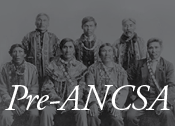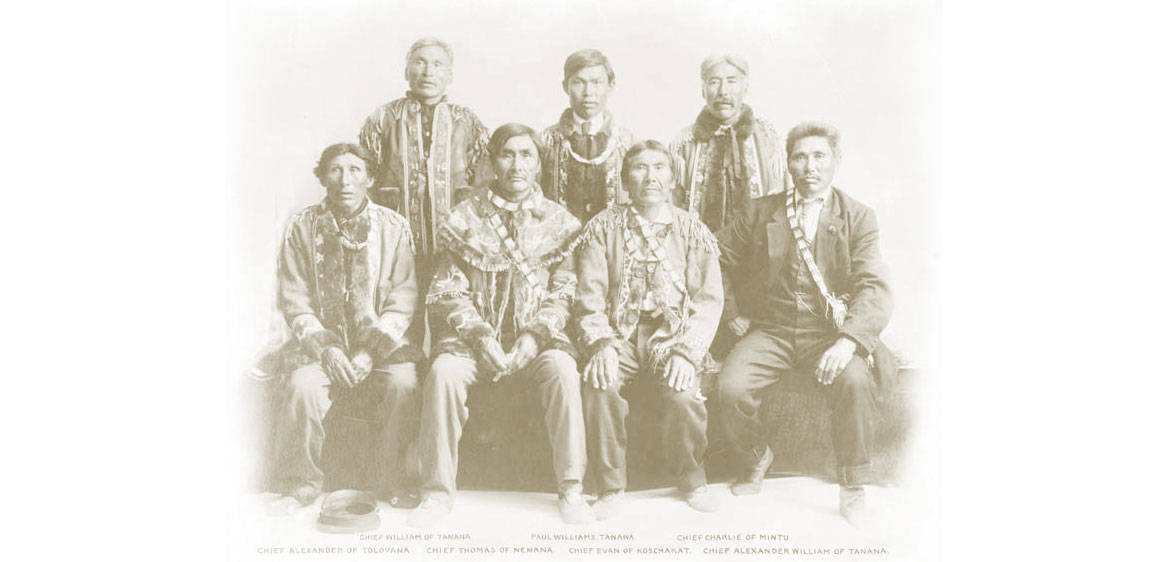
Tanana Chiefs
In the summer of 1915, the Athabascan Chiefs from the lower Tanana River met with Judge James Wickersham, Alaska’s delegate to Congress, at a historic meeting of leaders in Fairbanks. This meeting marked the start of a formal relationship with Athabascan Tribes and the United States government. During the meeting, the Chiefs clearly expressed their priorities to sustain our villages through employment, education, health care, and land protection. The land protection discussion was specifically related to managing access to lands and traditional subsistence hunting and fishing.
Chief Alexander of Tolovana, Chief William of Tanana, Chief Thomas of Nenana, Paul Williams of Tanana, Chief Evan of Coschaket, Chief Charlie of Minto, Chief Alexander William of Tanana, Johnnie Folger of Tanana, Jacob Starr of Tanana, Julius Pilot of Nenana, Titus Alexander of Manley Hot Springs, Chief John of Chena Village, Chief Joe of Salchaket, and Albert of Tanana were the delegates representing the Athabascan people.
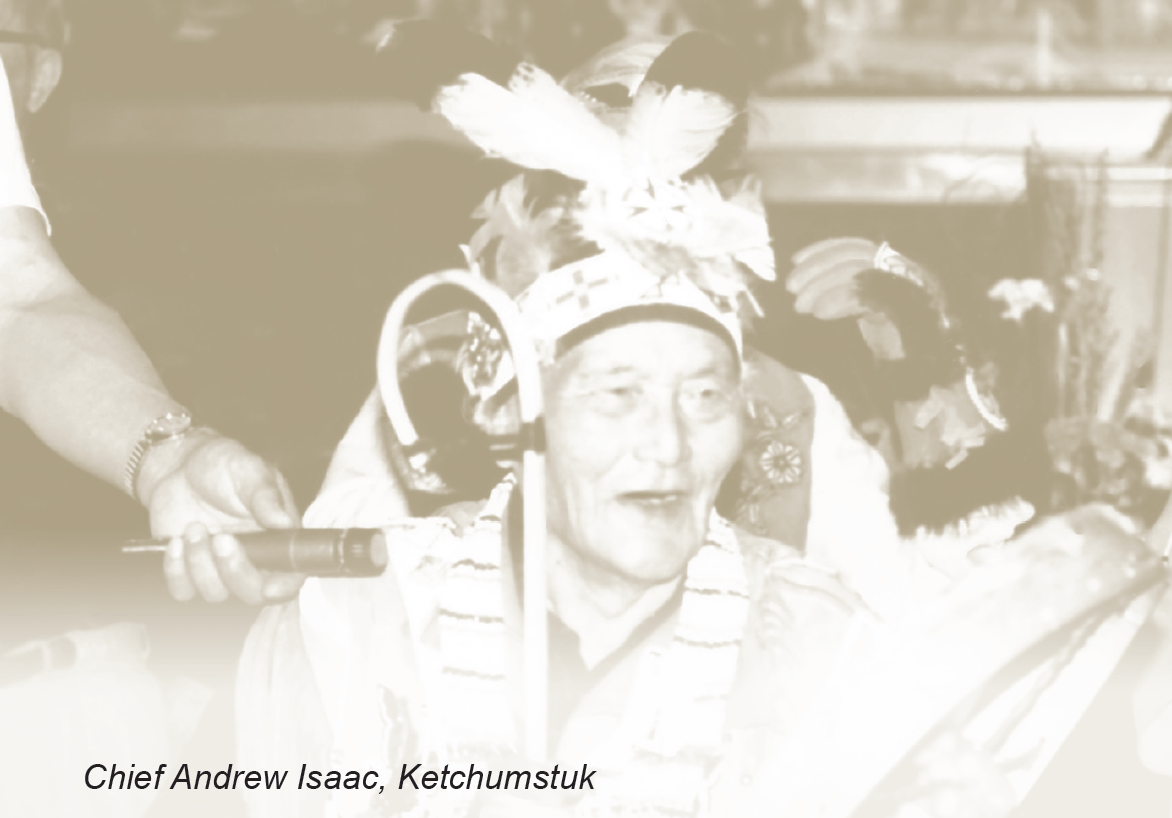
Interior Leadership
In the effort to protect our land, Al Ketzler, Sr. of Nenana helped to organize a meeting in 1962. The meeting took place in Tanana and 32 villages across the region were represented. This coalition of Alaska Native leaders would eventually become known as the Tanana Chiefs Conference (TCC). Flying to Washington, D.C., Ketzler, Sr. presented a petition signed by 24 Interior villages. This led Morris Udall, Secretary of the Interior, to freeze further land selections by the State of Alaska beginning in 1966.
The Alaska Federation of Natives (AFN) was also formed in 1966. The TCC representatives and over 400 Alaska Native people from 17 Native organizations gathered in Anchorageg for a three-day conference to address aboriginal land rights. AFN became a unified voice for all Alaska Natives in the fight for land claims.
In 1968, United States Senator Ernest Gruening held hearings in the Senate Interior and Insular Affairs Committee on land claims. There, traditional leaders, including Chief Peter John of Minto and Chief Andrew Isaac of Ketchumstuk, provided powerful testimony. Tanacross had filed their first land claim in 1963, and Chief Andrew Isaac testified, “We made our claim in 1963 because the state came in and selected our land – everything, even our village and graveyard.”

ANCSA: The Largest Land Claims
The discovery of commercial quantities of oil on the North Slope elevated the land claims debate in the late 1960s, as the prospect of oil exploration and development was put on hold due to land freezes throughout the state. The pressure from the state, oil industry, and Alaska Native representatives on Congress to reach a land claims settlement was at an all-time high.
After years of debate, compromise, and frequent travels to and from D.C. by Alaska Native leaders, President Richard Nixon signed the Alaska Native Claims Settlement Act (ANCSA) into law on December 18, 1971. This extinguished aboriginal land title in Alaska and awarded 44 million acres of land and $962.5 million to more than 200 villages and 12 regional corporations.
ANCSA was a system that redefined federal Indian policy in Alaska and mandated that both regional and village corporations be owned by Alaska Native shareholders ─ placing corporate ownership into the hands of Alaska Natives.
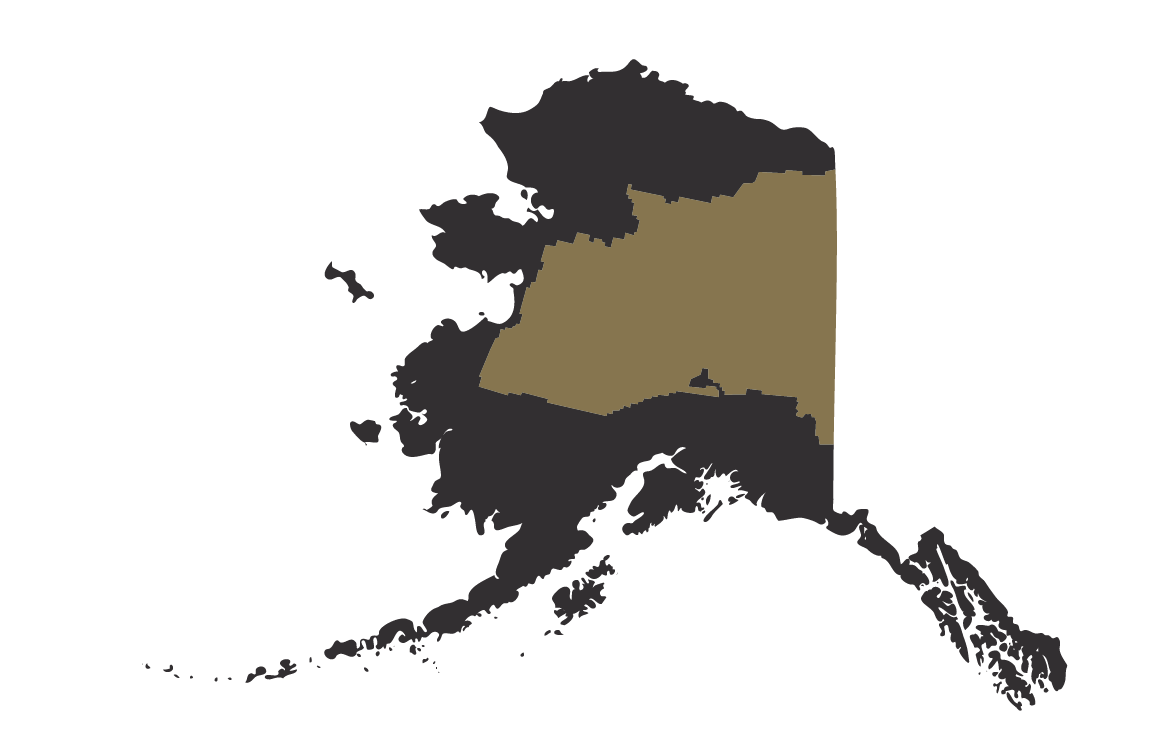
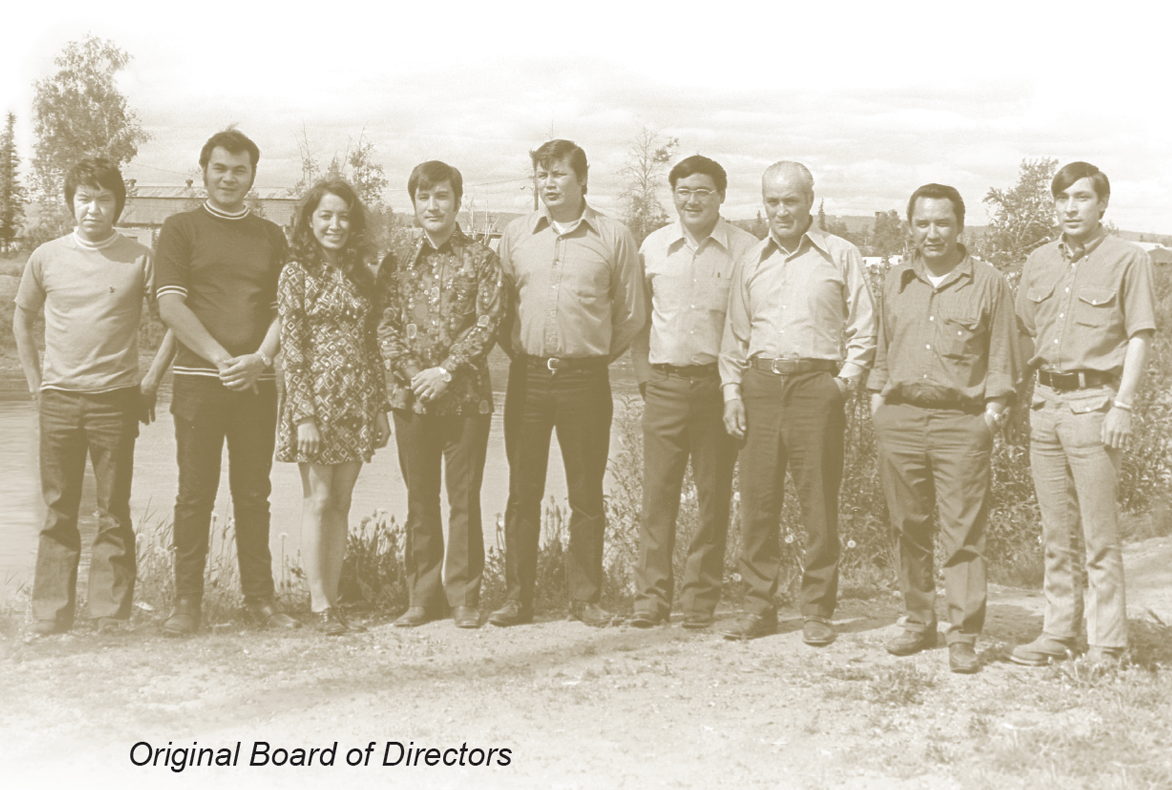
Doyon’s Early Days
Through ANCSA, 12.5 million acres of land and $54.4 million were allocated to Doyon, Limited.
John Sackett, President and Chairman of the Board, called the first meeting of the Doyon, Limited Board of Directors to order on June 26, 1972. Present were Ronnie Sam, Melvin Charlie, Lucy Carlo, John Sackett, Tim Wallis, Ernest Holmberg, Jimmy Huntington, Jonathon Solomon, and Pat Frank.
Holding the largest amount of land out of all of the Alaska Native Regional Corporations, Doyon, Limited’s boundaries incorporate features that are unique to the region. Doyon leadership took on the monumental task of analyzing what lands would be for future resource development, and what lands would be protected as sacred and historic sites. They also mapped out subsistence areas for land selections. Their careful decisions laid the foundation for Doyon’s success today.
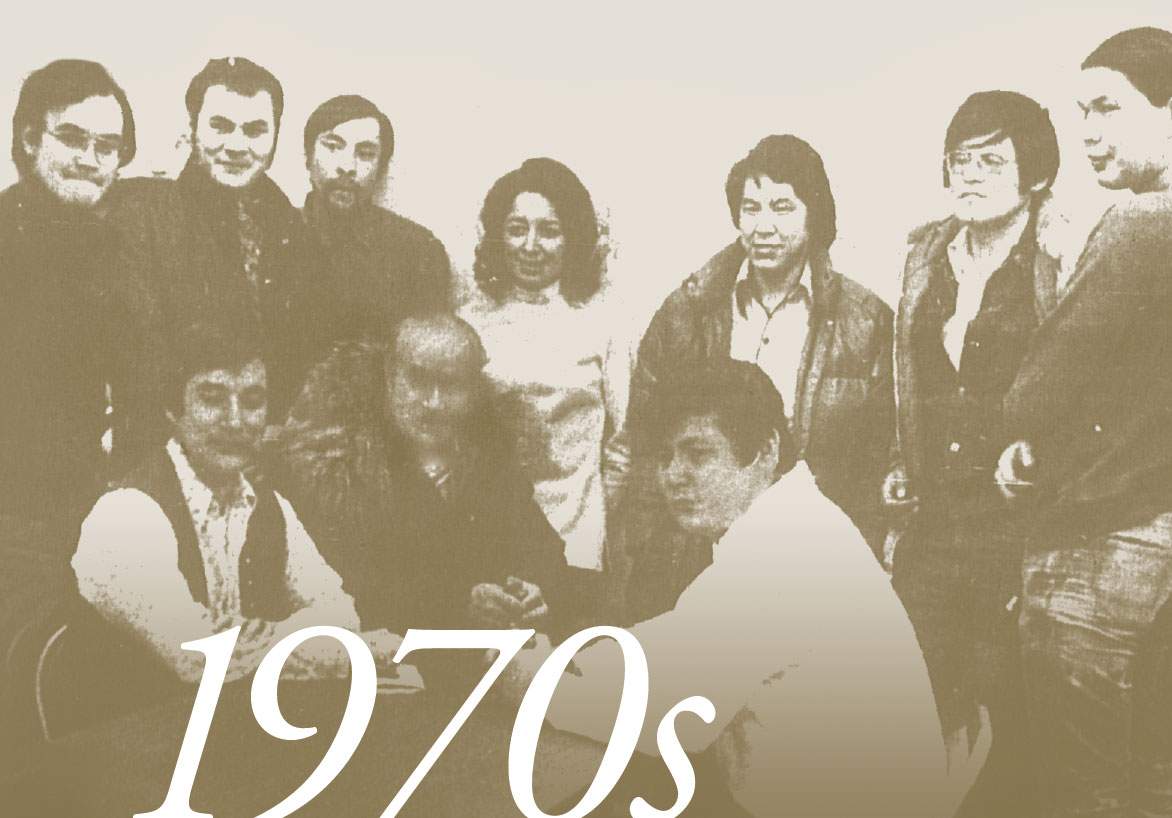
1971

Congress enacts the Alaska Native Claims Settlement Act (ANCSA), allocating 12.5 million acres and $54.4 million to Doyon.
1972
Doyon, Limited is incorporated and the first Board of Directors meeting is held on June 26.
A total of 9,061 original shareholders are enrolled to Doyon.
Doyon receives its first claims check from the U.S. government.
1974

Doyon holds its first annual meeting of shareholders.
Doyon awards its first scholarships.
1975

Doyon has its first profitable year.
The first land conveyances are made.
1976
Tanana Asbestos Corp., Doyon’s first subsidiary, is established.
1979
Doyon attains its first million in net income.
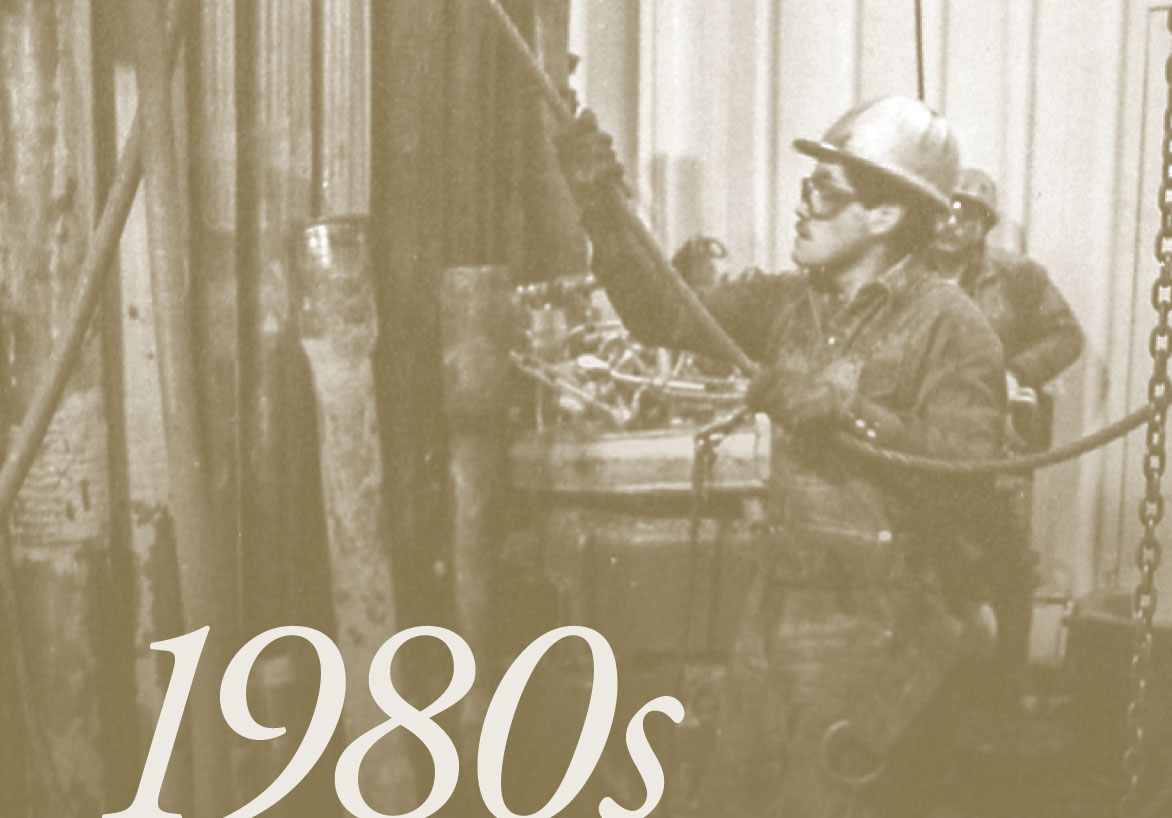
1981
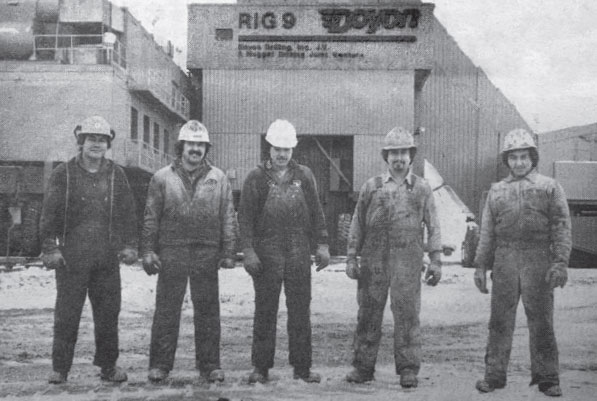
Doyon Drilling, Inc. Joint Venture (DDI) is established.
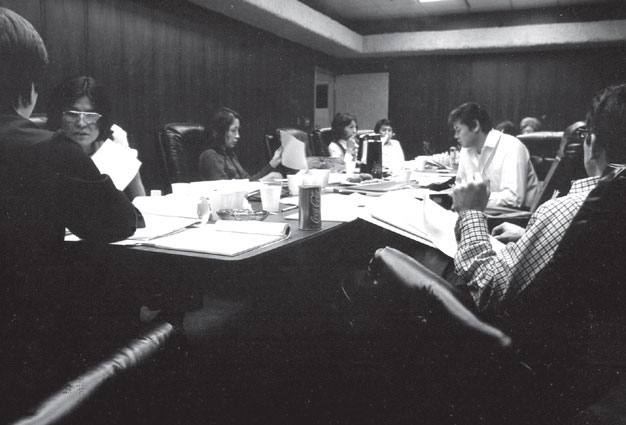
Doyon pays the first shareholder dividend, at $1 per share.
1982
Training shareholders in the operations of drilling rigs begins in coordination with Tanana Chiefs Conference.
1987
Exxon and Amoco sign oil and gas exploration agreements with Yukon Flats villages.
1989
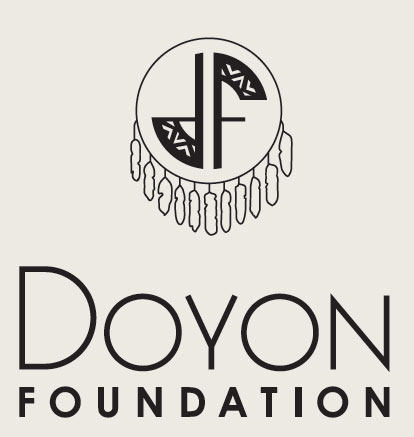
Doyon Foundation is incorporated as Doyon’s private foundation.

1992
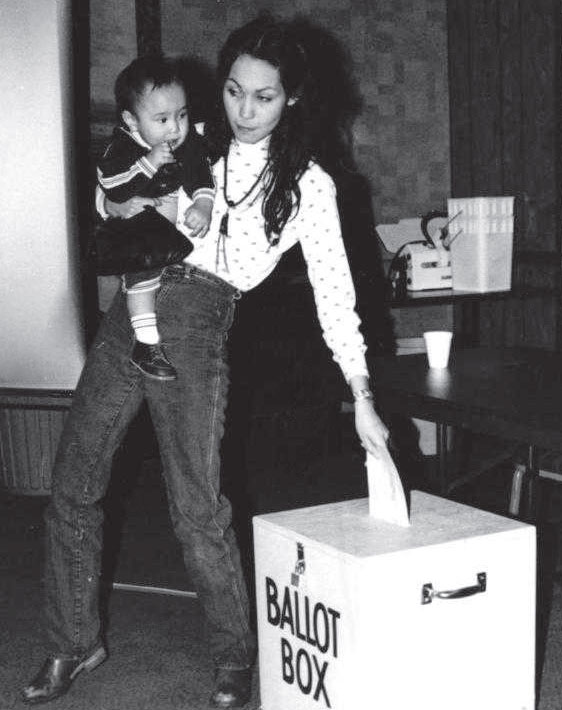
Shareholders vote to open enrollment to children, missed enrollees, and original enrollees when they reach age 65.
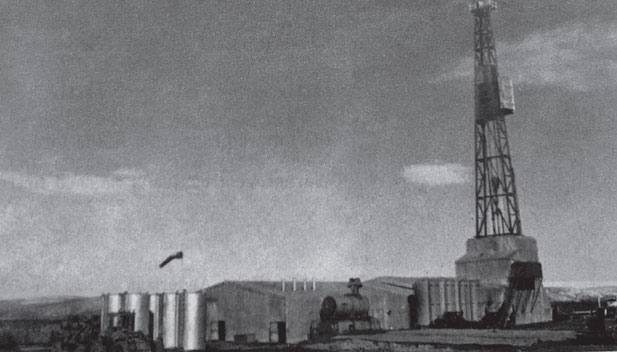
DDI becomes a wholly owned subsidiary of Doyon.
1995
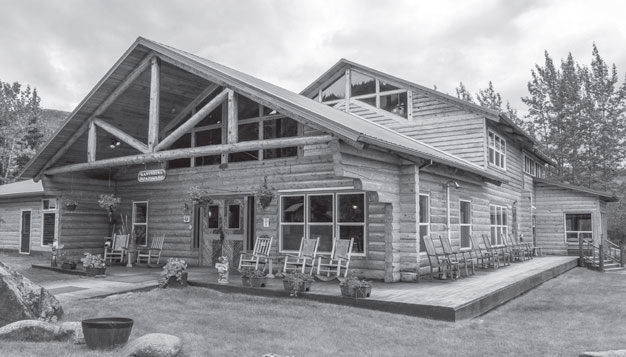
Doyon purchases Kantishna Roadhouse.
1997
Doyon Properties, Inc. (DPI) is created.
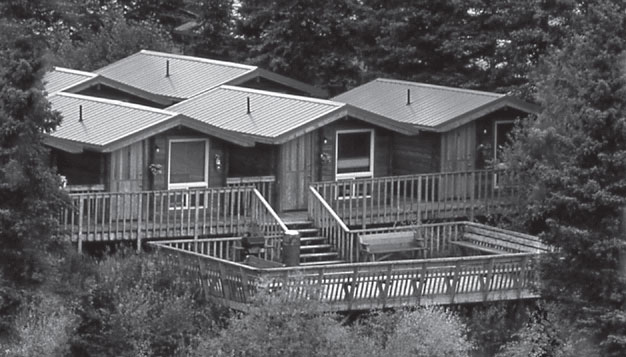
Doyon purchases Denali River Cabins.
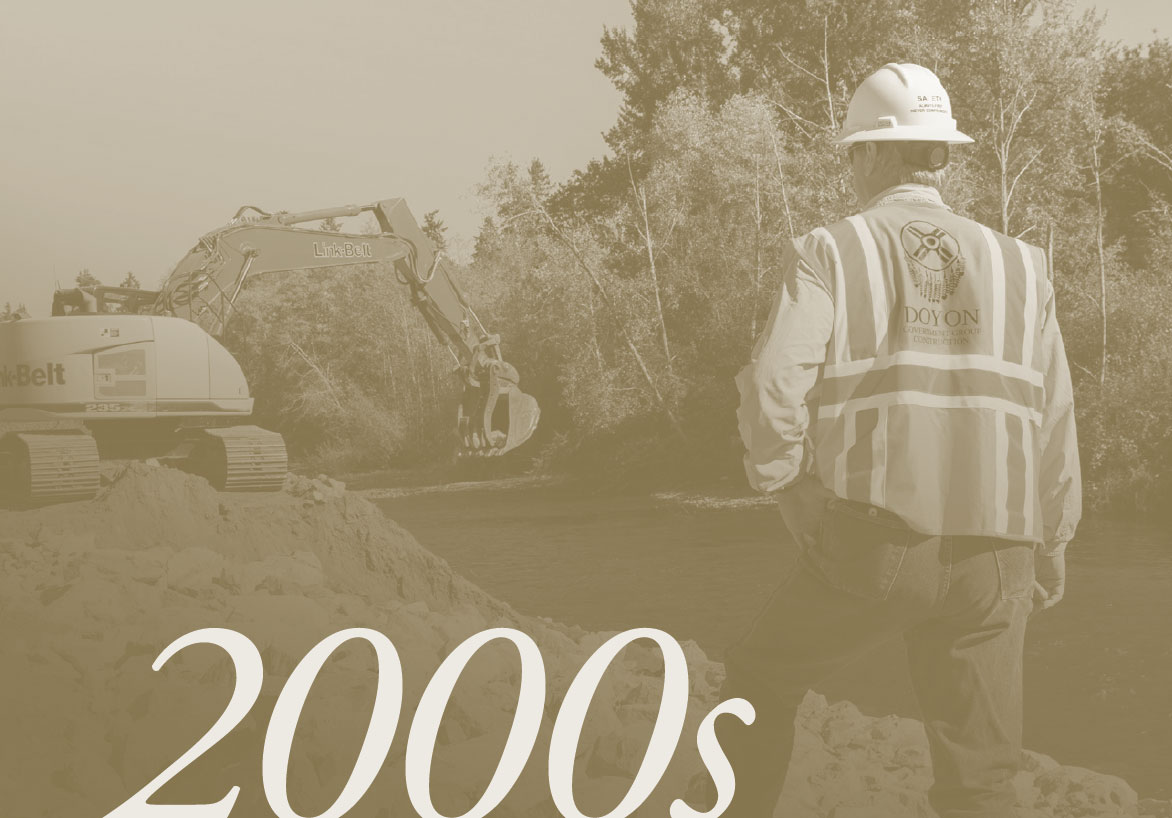
2000
Doyon Services Corp. is created; it is later renamed Doyon Oil Field Services, Inc.
Doyon invests in Alaska Native Wireless.
2002
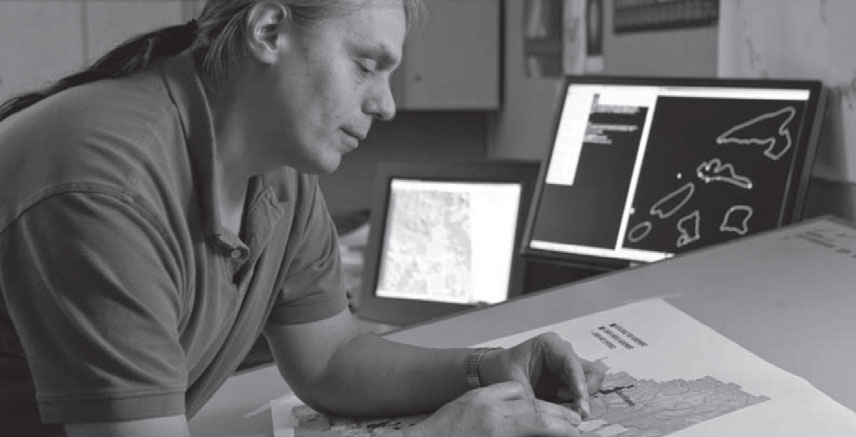
Agreements are signed for oil and gas exploration in the Nenana Basin.
DPI forms a joint venture with American Mechanical, Inc. and the first 8(a) contract is awarded.
2003
Doyon Development Corporation is created; it is later renamed Doyon Government Contracting, Inc.
The Doyon/ARAMARK joint venture begins.
2005

Doyon Utilities is formed in partnership with Fairbanks Sewer and Water.
2006

Doyon Associated is formed.
2007
Shareholders approve continuous open enrollment for those born after 1971.
The U.S. Army awards 50-year contracts to Doyon Utilities for utility services on three Alaska Army installations.
2009
Doyon achieves its 25th year of profitability.
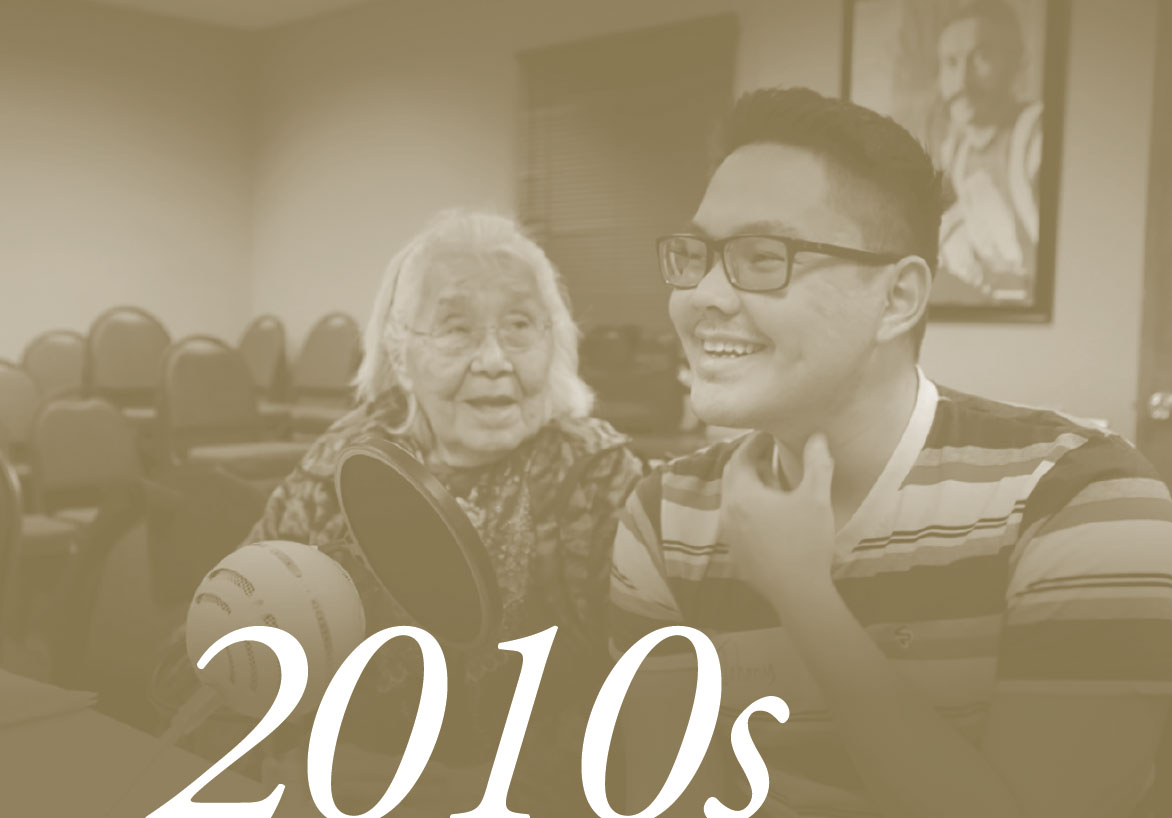
2011
A total of 11.4 million acres of land is conveyed to date to Doyon.
The commitment to fund the Doyon Foundation endowment is increased from $10 million to $30 million.
2012
Doyon enrolls its 10,000th Class C shareholder.
Doyon marks its 25th consecutive year of paying dividends to shareholders.
Doyon Remote Facilities & Services is formed.
Doyon Foundation establishes its language revitalization program.
Arctic Information Technology is acquired.

2013
Oil and gas exploration investments are made in the Nenana/Minto Basin, and a 3D seismic program is undertaken in the Yukon Flats.
Doyon Anvil is created.
2014
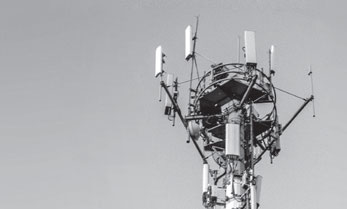
Northstar Wireless is formed in partnership with DISH Network.
2015
Doyon acquires designDATA.
2016
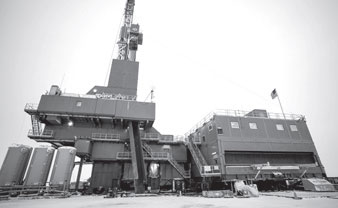
DDI adds the state-of-the-art Rig 142 to its fleet.
2019
Doyon and Hilcorp sign oil and gas exploration agreements for the Yukon Flats subregion.
The Doyon Settlement Trust issues the first non-taxable distribution.
Mid-Alaska Pipeline purchases an oil pipeline system in North Pole, Alaska.
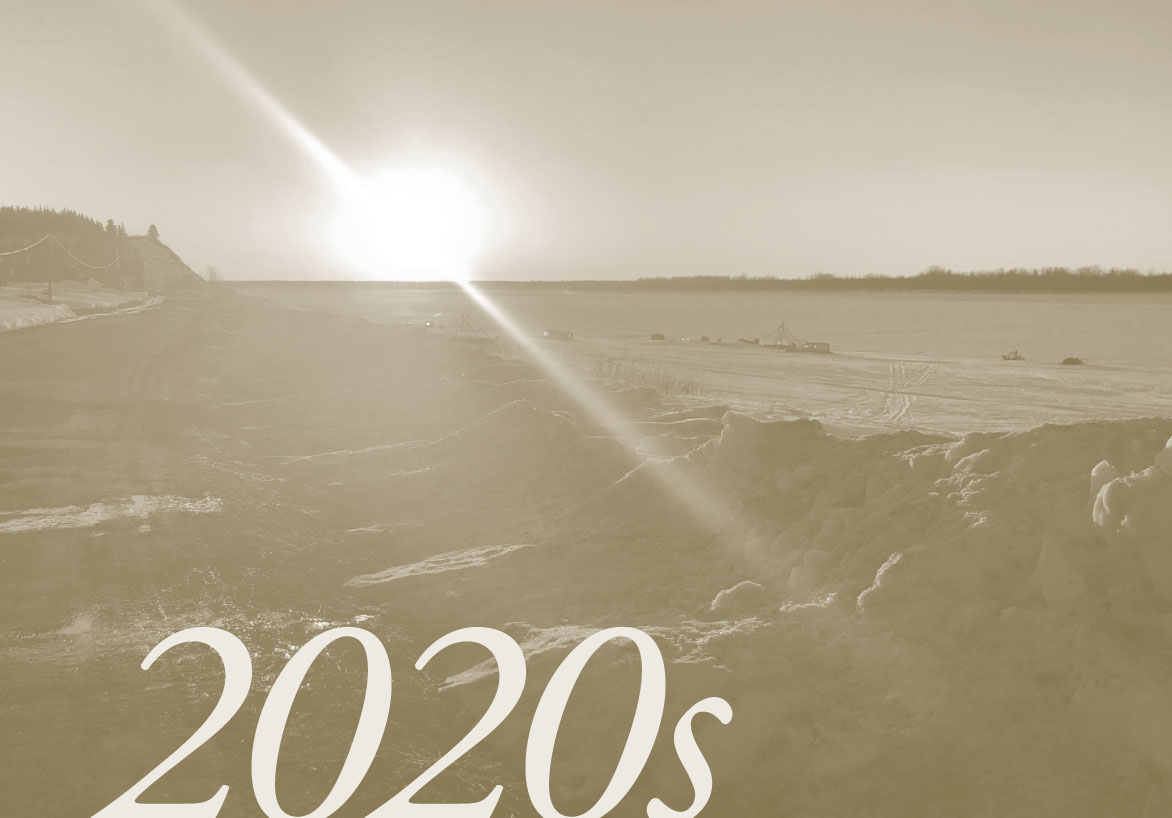
2020
DDI completes construction of Rig 26, the largest North American land rig to date. Rig 26 is an extended reach drilling rig capable of drilling wells to 35,000 feet.
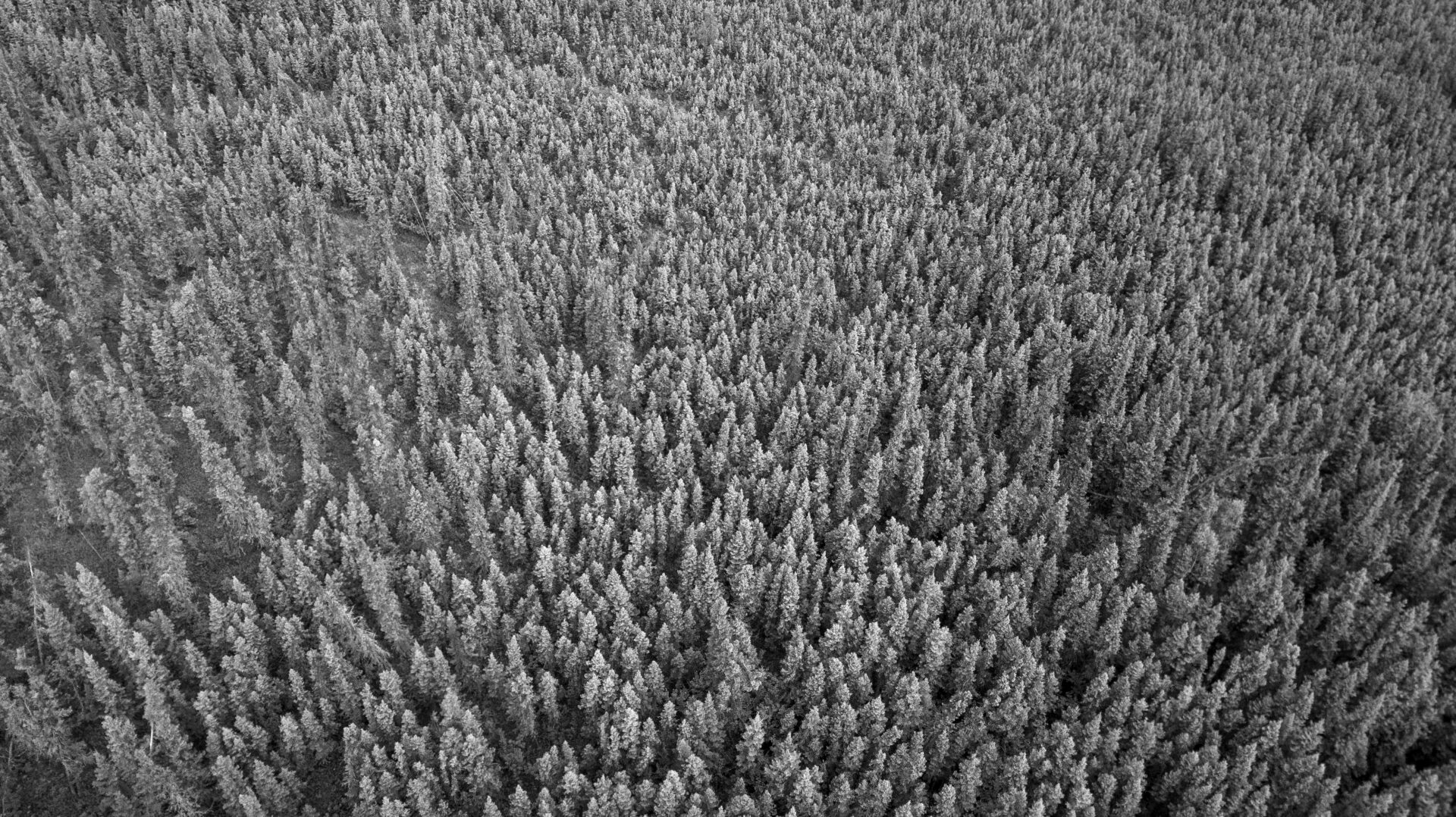
Doyon establishes a sustainability initiative focusing on a voluntary carbon offset program.
2021
Doyon continues its support for the advancement of broadband in the Doyon Region, in collaboration and partnership with Tanana Chiefs Conference.
The 50-year anniversary of ANCSA is celebrated.
The Supreme Court confirms that Alaska Native corporations are eligible for CARES Act relief funds.
A land exchange is finalized between the Kantishna Roadhouse and National Park Service.


